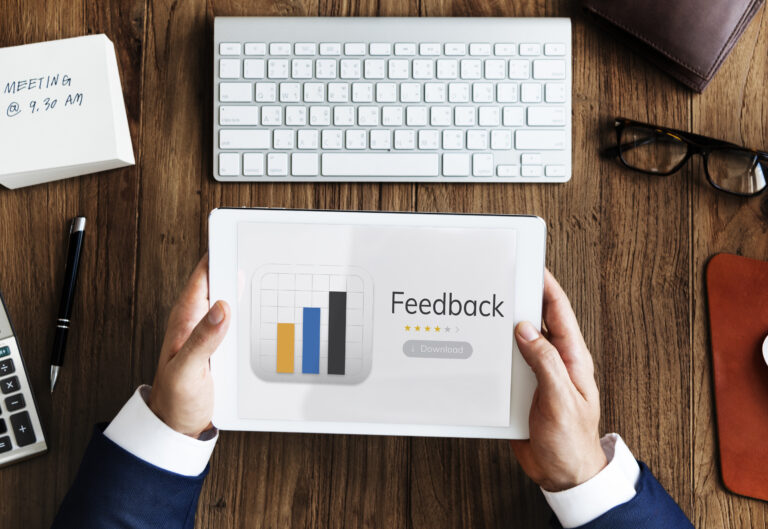Want smarter marketing? Join our FREE community — built for founders, marketers & creators.
Leveraging Google Data Studio for Customized Reporting
In the realm of data visualization and analytics, Google Data Studio stands out as a powerful, customizable, and user-friendly tool. It integrates seamlessly with various Google products and external platforms, offering marketers, business owners, and analysts the capability to create tailored reports. Let’s delve into how to make the most out of Google Data Studio for customized reporting.

In the realm of data visualization and analytics, Google Data Studio stands out as a powerful, customizable, and user-friendly tool. It integrates seamlessly with various Google products and external platforms, offering marketers, business owners, and analysts the capability to create tailored reports. Let’s delve into how to make the most out of Google Data Studio for customized reporting.
What is Google Data Studio?
Google Data Studio is a free tool that transforms your data into informative, easy-to-read, and shareable reports. It offers customizable dimensions, interactive controls, and integrative capabilities.
Steps to Leverage Google Data Studio:
- Connect Your Data Sources: Google Data Studio supports a wide range of data connectors. Integrate platforms like Google Analytics, Google Ads, Google Sheets, and even third-party tools.
- Choose a Template or Start from Scratch: Depending on your needs, you can select from predefined templates or begin with a blank canvas to craft a report tailored to your specifications.
- Customize Dimensions and Metrics: Drag and drop the desired metrics and dimensions onto your report. This can include traffic sources, user demographics, conversions, or any other specific data points you’re interested in.
- Use Interactive Elements: Implement filters, date range controls, and drop-down lists to make your reports dynamic. This allows viewers to manipulate the data according to their needs.
- Visualize with Charts and Graphs: Choose from a variety of visualization formats, such as pie charts, bar graphs, heat maps, and line charts, to represent your data compellingly.
- Stylize Your Report: Adjust the aesthetics by selecting themes, adjusting colors, and adding text or images to align the report with your brand identity.
- Share and Collaborate: Once your report is ready, share it with stakeholders through a link or embed it on your website. You can also set permission levels to control editing access.
Benefits of Google Data Studio:
- Integration with Multiple Platforms: Beyond Google’s ecosystem, Data Studio supports third-party connectors, ensuring a wide range of data sources.
- Real-time Reporting: With live data connections, reports remain updated in real-time, reflecting the most current data.
- Interactive Dashboards: The ability to interact with the data ensures that stakeholders can explore facets most relevant to them.
- Customization: From the data displayed to the report’s look and feel, everything can be tailored to your preference.
- Collaboration: Multiple users can work on a report simultaneously, promoting teamwork and collective insights.
Advanced Tips:
- Blend Data: Combine data from different sources to create more comprehensive reports.
- Use Calculated Fields: Go beyond basic metrics by creating custom calculations tailored to your needs.
- Leverage Community Visualizations: If the built-in visualizations aren’t enough, explore community-created options for added versatility.
In Conclusion:
Google Data Studio offers an invaluable platform for businesses and professionals to communicate insights effectively. By customizing and tailoring reports to the needs of the audience, you can ensure more actionable and relevant insights. Whether you’re presenting to a client, sharing insights with a team, or analyzing data for personal projects, Google Data Studio is a versatile tool that can elevate your reporting game.



